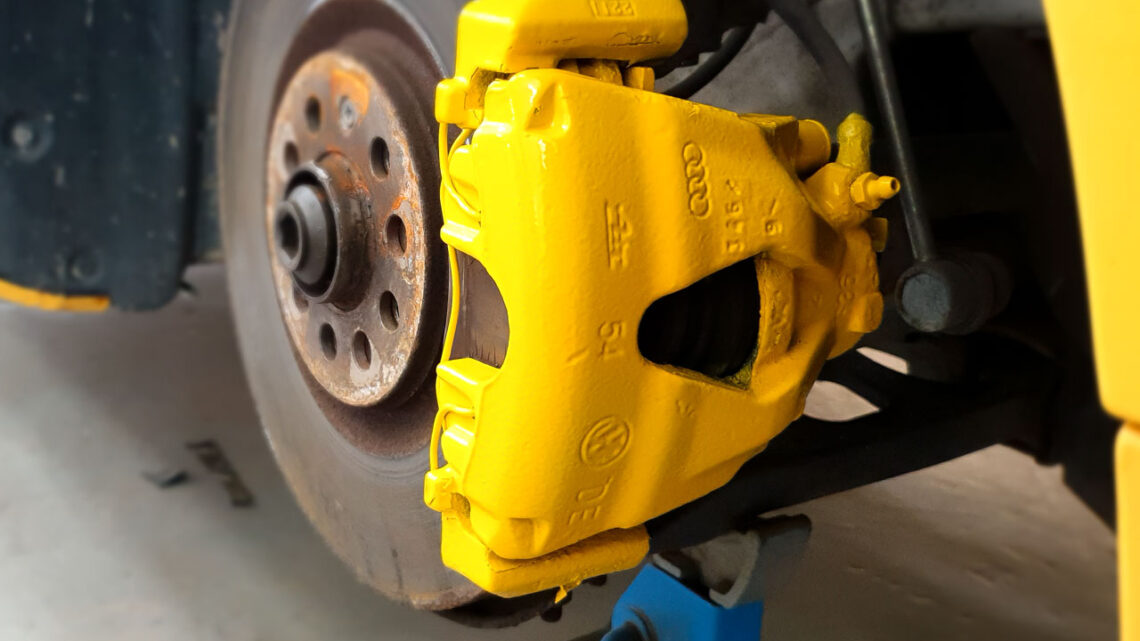
Brake dust is something that happens every time your vehicle’s brakes are used. It’s never noticed as it happens gradually. That’s because it builds up slowly over the long months and only grabs attention when it starts to affect your wheels. The effects can be visual such as a strange colour deposited on the wheel.
However, that is just one of many issues that brake dust causes for your vehicle. In this blog, we will discuss the various problems caused by brake dust and how you can limit it.
What is brake dust?
Brake dust basically is the dust generated by your brakes during the regular braking process. As the brake pads rub against the disc, the friction causes the pads to shed some parts of it. This dust flows out of the callipers and settles on the callipers and wheels.
Though brake dust is something produced by all types of brakes, disc brakes are the ones that produce the most.
While this dust is generated in minute amounts, over months, they pretty much change how your wheels look. But it’s not the colour changes that are the issue rather the after-effects.
Brake dust is made of fine particles of metals that mostly consist of iron and carbon. Though brake pads used to be all rubber, for better performance and improved friction, modern-day brake pads have metals added to them. Which results in superior braking and dusty wheels.
But if it’s just fine dust why is brake dust so problematic?
What problem does brake dust cause?
As mentioned before, brake dust is a mixture of fine particles of carbon and metal. Which can also have other friction materials depending on the type of brake pads. All combined make for a pretty corrosive combination.
So, not only does this dust ruin the look of your wheels, but its corrosive nature also harms your wheels, brake disc, and suspension and affects the paint job. Aside from this, abundant brake dust is now also aiding in air pollution and acidic rain.
These fine particles are also harmful to breathe in and can trigger asthma or allergic reactions. While brake dust is a natural byproduct of braking, too much brake dust is not a good sign either.
If your vehicle is producing excessive brake dust chances are that the brake rotors aren’t as smooth anymore and it’s scrapping the pads faster. This can also happen if your brake pads don’t disengage properly due to faulty callipers. Both scenarios require immediate maintenance or else braking can prove dangerous for you.
Excessive brake dust can also heavily affect your braking performance by settling on the brake rotor or pads which will not allow your pads to make proper contact with rotors and make braking dull. One can also expect some unpleasantly loud squeaky noises.
All of this can be avoided if the brake dust is cleaned off regularly.
How to clean Brake dust?
Cleaning brake dust is rather easy as long as it’s not bonded to your wheels. Since these are fine metal particles, a bit of heat is enough for them to bond to your wheels and start to corrode them. While you can’t reverse the damage you can definitely stop them by regularly cleaning your wheels. For which you would definitely need a wheel cleaner.
Precautions:
- It is important that you use a face mask of any type before cleaning things like brake dust as inhaling them would not be pleasant for your respiratory system.
- Try to park your car in a shade where your wheels are cooled down.
Cleaning brake dust:
- Start by removing your hubcaps if your wheels have any.
- Now, use high-pressure water to blow away any brake dust. Make sure to aim at hard-to-clean areas.
- If you don’t have high-pressure water, just spray your wheels with water and rinse them wheels down.
- After this spray down your wheel cleaner give it a minute and use a brush to brush down the entire wheel from the centre to the sides.
- Rinse your wheels one more to remove all the dusty grime. Feel free to repeat the process if your wheels are not properly cleaned the first time.
- Dry the wheels off with a microfiber cloth after the cleaning and finish off with a good wheel wax to keep your wheels protected and shiny.
How often should you clean your wheels?
If you aim to keep brake dust off your wheels, they should be cleaned on a weekly basis. However, cleaning all four wheels once at least a month should be enough to keep your wheel clean and corrosion free. That is given that your brakes are in good condition and are not producing excess wheel dust.
Always ensure that you are wearing a face mask while cleaning brake dust. Also, use a good quality brake cleaner to get the best result.
How to Prevent brake dust from settling?
While brake dust is a natural byproduct of braking, and cannot be prevented entirely, it can be lowered down to a level where it doesn’t stick to your wheels and ruin them completely by:
Using brake dust repellent:
Brake dust repellents are commonly available solutions for avoiding brake dust from settling on the wheels. These repellents form a protective layer that prevents brake dust from settling on the wheels. These are cheap and easily accessible but not a durable solution.
Using a brake dust shield:
Brake dust shields are circular disc-shaped shields/covers that are made to prevent dust from falling on the wheels. These shields are applied behind the brake disc to prevent the dust from getting to the wheel well. Instead, it contains dust so it can later be cleaned.
Using an advanced finish:
Finishes like ceramic coating can be used as a long-term solution for brake dust problems. Though it won’t reduce the amount of brake dust produced, it will definitely prevent it from sticking to your wheels and affecting them. It will also keep your wheels safe from dirt, dust, grime and corrosion.
Request a Free Quote
If you need more help with any other service, don’t hesitate to get in touch and request a free quote!

